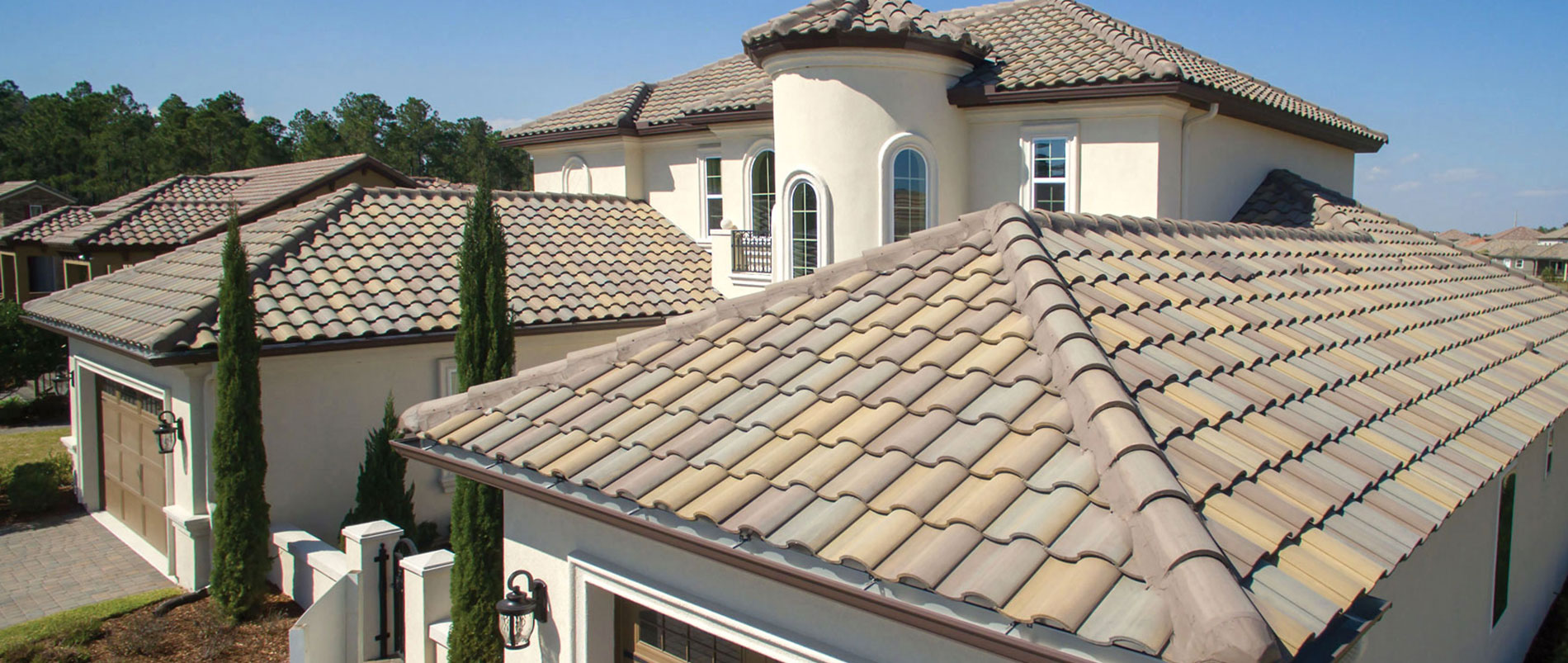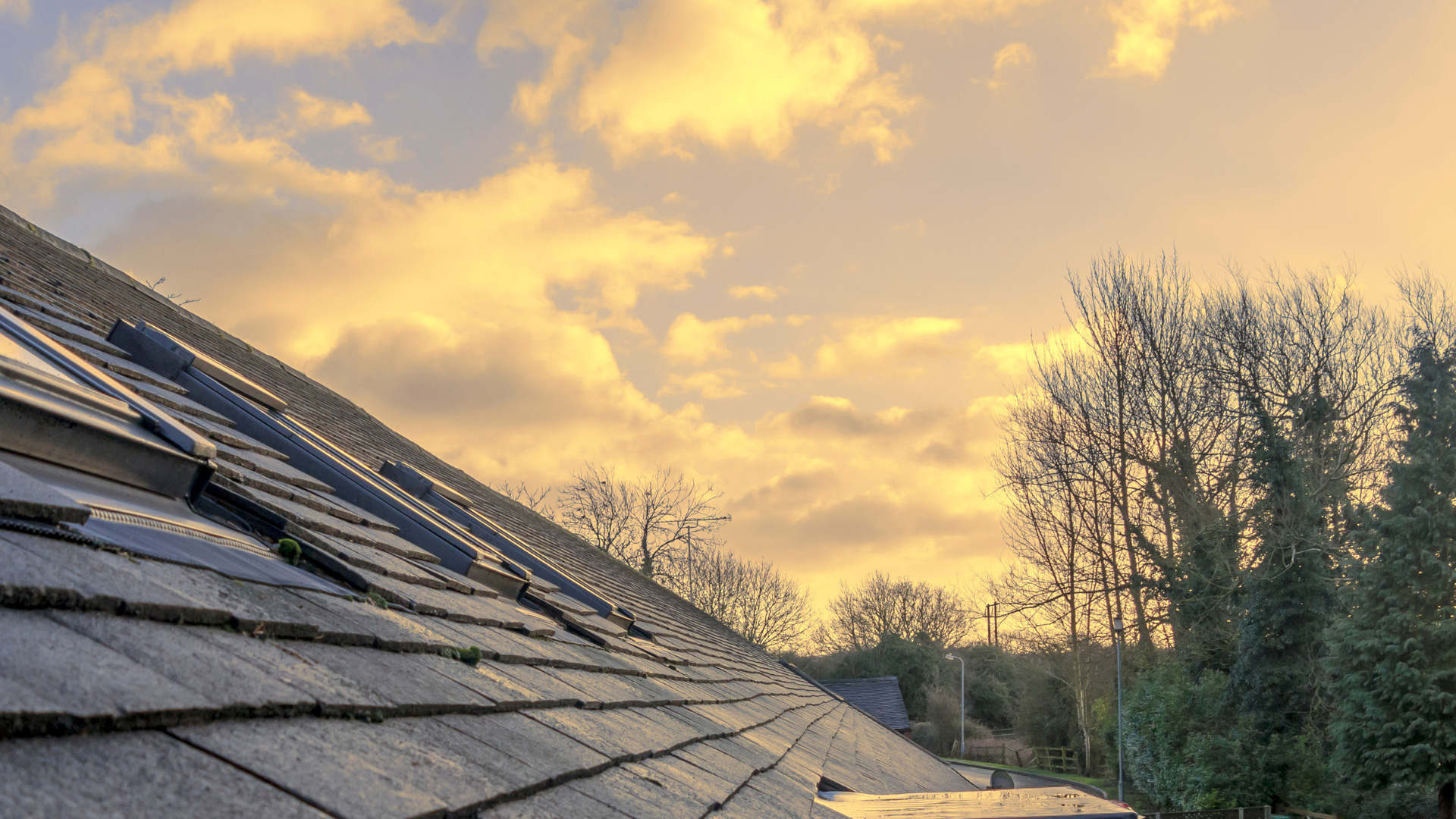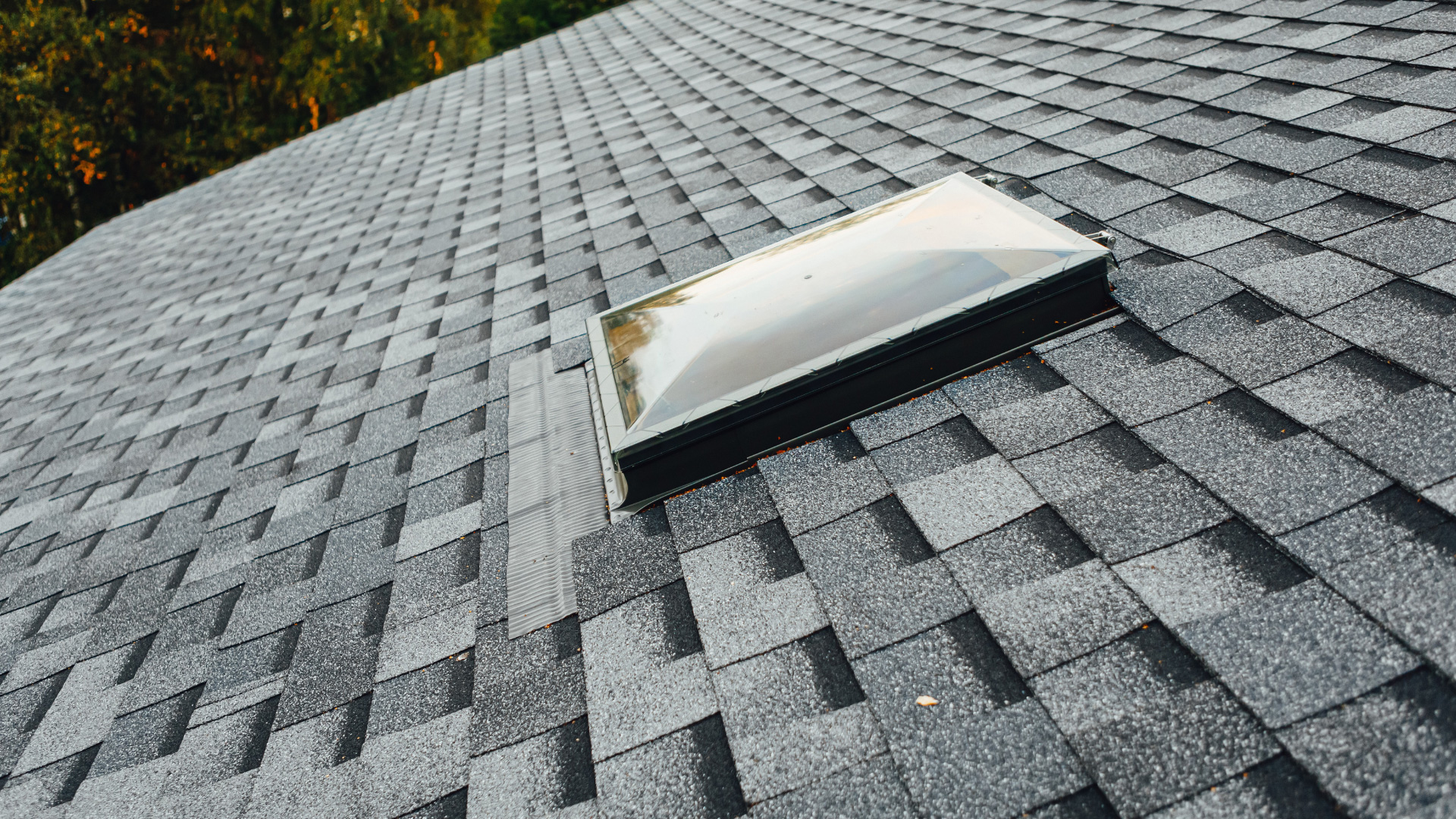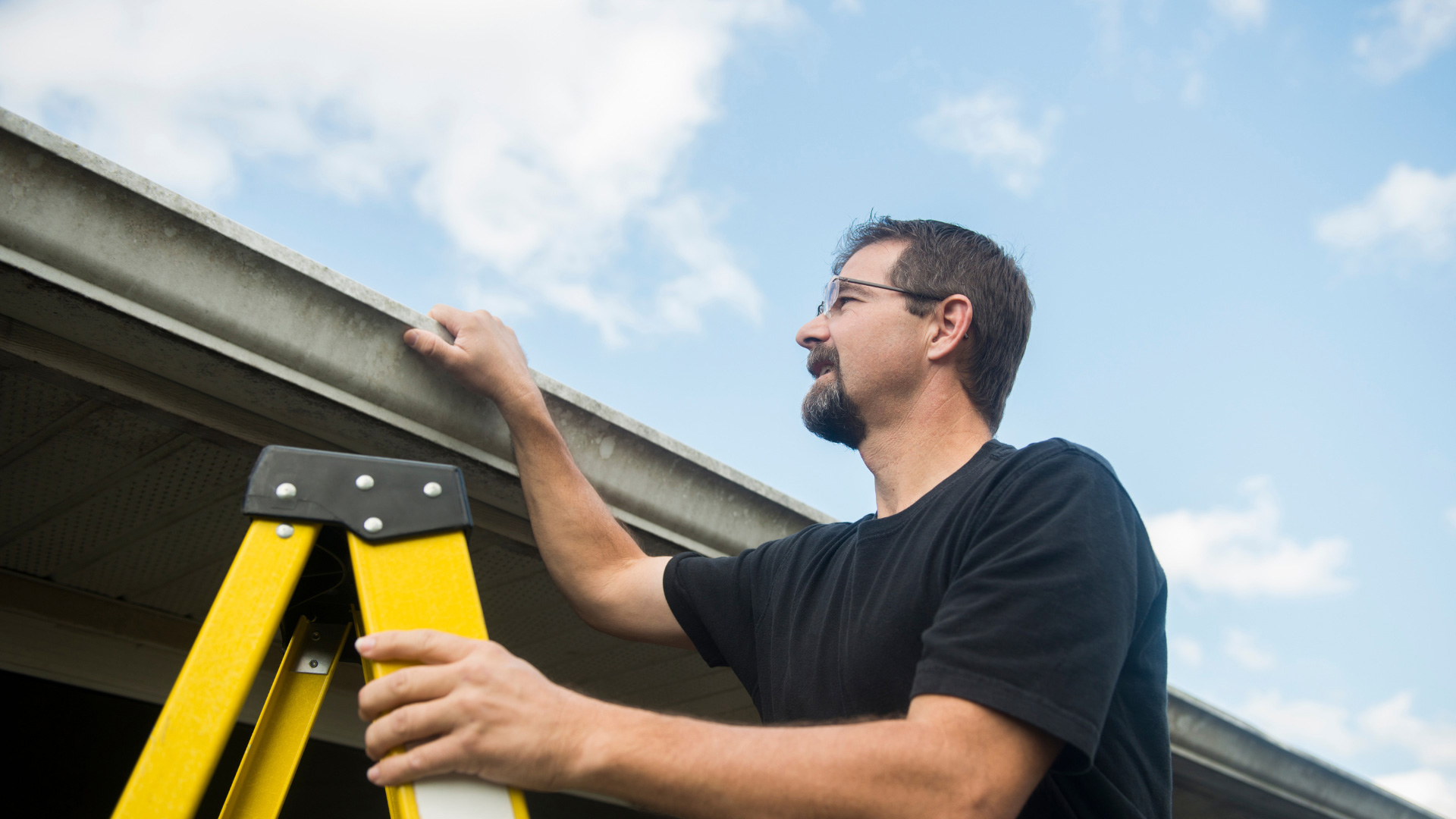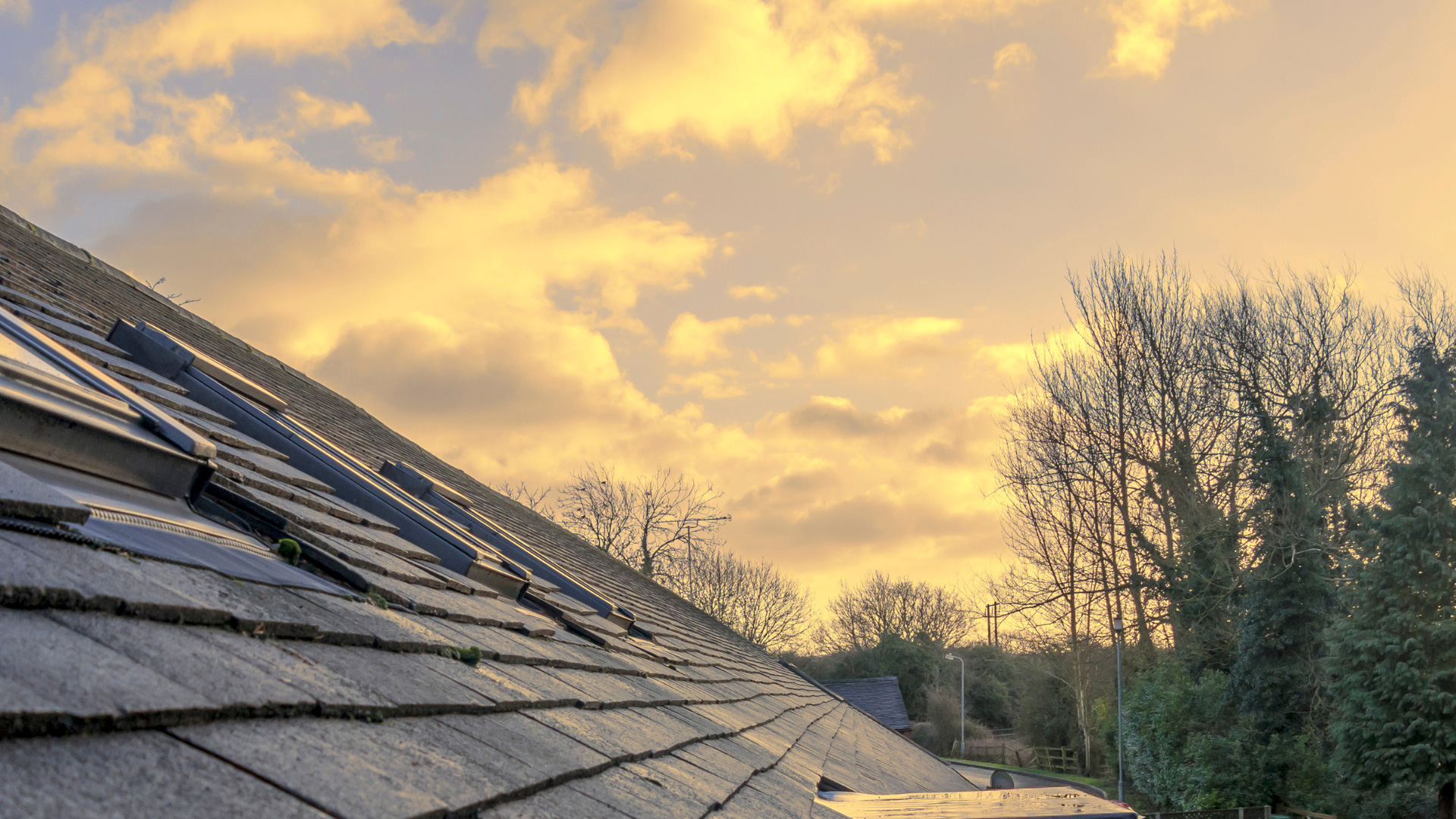While synthetic roof underlayment is growing in popularity, you need to make sure it is the right option for your home. There are a lot of benefits to choosing this type of underlayment, but there have also been a few problems that you should be aware of before moving forward.

1. Ranging Thickness and Weight of Synthetic Roof Underlayment
When shopping around for synthetic roof underlayment, you will find a variety of different thicknesses and weights from different manufacturers. The thickness of the roof underlayment should be higher, at least several inches thick, and weigh around 30 pounds. Rolls of underlayment that are only an inch thick and weigh under 20 pounds cannot provide the same level of quality. Unlike other underlayment options, manufacturers are able to adjust the thickness and weight of their personal blend.
2. Not Always Approved For Inspection
Not all code requirements allow synthetic roof underlayment as an option. While you may be looking for that as an option, it may not pass inspection on your property. This could cost you because you will eventually have to remove the underlayment and replace it with an option that is approved. There are several reasons that synthetic roof underlayment is not approved, ranging from the damage it can cause when being removed to the types of materials that are used in the blend. If your contractor moves forward with the synthetic option and it is not allowed, you could find yourself in legal trouble later.
3. Overall Cost
If you are looking at adding synthetic roof underlayment to your home, be prepared to pay more for it than other underlayment options available. Synthetic compared to felt or other materials costs approximately two dollars more than other materials per square foot. This price increase is justified, however, since synthetic roof underlayment has a longer lifespan of a decade or more. The synthetic materials used are meant to keep the water out and are more resistant than other options.
4. Roof Damage
If you choose to go with the synthetic roof underlayment, it can only handle direct environment exposure for so many months. If the synthetic underlayment is not properly installed, there could be extensive roof damage due to this exposure. In the past, issues like fungal damage, mold, and structural damage have been associated with the poor installation of this material.
5. Removing Synthetic Roof Underlayment
When the time comes to remove and replace the underlayment, trying to remove synthetic roof underlayment can cause more harm than good. This is especially true for those homes that opted for the peel-and-stick underlayment that will damage the roof decking. You could find yourself having to pay more than you expected when you fix the damage to the roof in addition to replacing the underlayment.
Make The Right Decision For Your Roof
At Solar Optimum, we want to ensure you have the appropriate underlayment and roofing options that are right for your property. Our team of professionals can assist you with choosing the right synthetic roof underlayment for your home. Contact us today for more information and get a personal quote.

